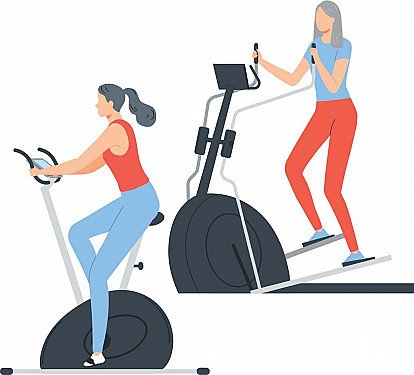Yoga for pain relief
Yoga is a mind-body and exercise practice that combines breath control, meditation, and movements to stretch and strengthen muscles. What sets yoga apart from most other exercise programs is that it places as great an emphasis on mental fitness as on physical fitness.
People have been doing yoga for thousands of years. Given its history, several types of yoga have developed The most popular form practiced in the United States is hatha yoga — of which there are numerous variations.
Yoga helps relieve chronic pain

Yoga can help people with arthritis, fibromyalgia, migraine, low back pain, and many other types of chronic pain conditions. A study published in Annals of Internal Medicine found that among 313 people with chronic low back pain, a weekly yoga class increased mobility more than standard medical care for the condition. Another study published at nearly the same time found that yoga was comparable to standard exercise therapy in relieving chronic low back pain.
A meta-analysis of 17 studies that included more than 1,600 participants concluded that yoga can improve daily function among people with fibromyalgia osteoporosis-related curvature of the spine. Practicing yoga also improved mood and psychosocial well-being.
What does a typical yoga session look like?
Yoga sessions typically last from 45 to 90 minutes. But you can also benefit from practicing yoga at home for 10 to 20 minutes a few times a week. Video recordings with yoga instruction are widely available.
A session generally begins with breathing exercises to relax the body and help free the mind of worries and distractions. Breathing deeply through the nose is a vital component of yoga. The session then proceeds through a series of seated, standing, and prone yoga postures. These postures are known as asanas. Some asanas are held for a few seconds to a few minutes. Holding the body correctly in the various postures and breathing into them to stretch farther is important. But don't push your body farther than it wishes to go. And stop if you feel any pain. The sessions typically end with breathing and meditation.
Yoga postures may be modified as needed
Asanas can be modified to accommodate your strength and experience, as well as any health conditions. People with multiple sclerosis, for instance, can do yoga on a chair rather than the floor, as is traditional. Be sure to tell your instructor about any limiting health problems. That way, he or she can warn you against certain positions that may aggravate your pain and instruct you in appropriate modifications.
Disclaimer:
As a service to our readers, Harvard Health Publishing provides access to our library of archived content. Please note the date of last review or update on all articles.
No content on this site, regardless of date, should ever be used as a substitute for direct medical advice from your doctor or other qualified clinician.















